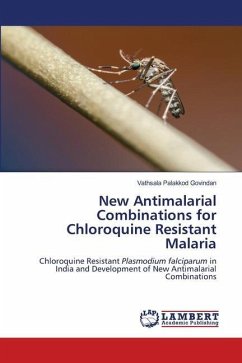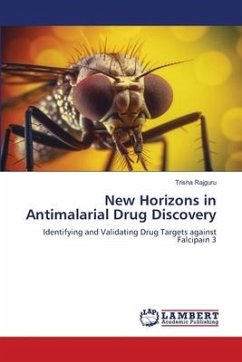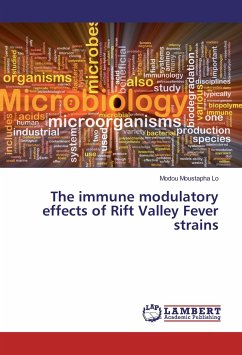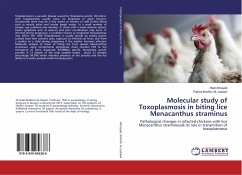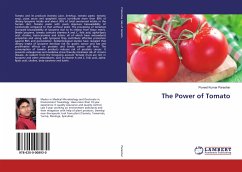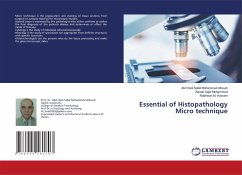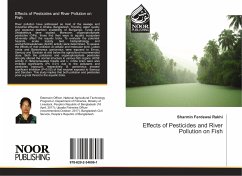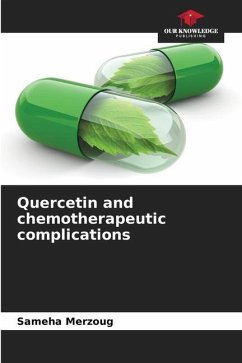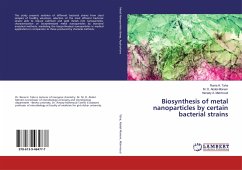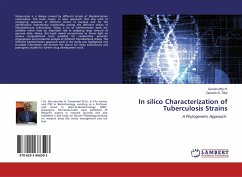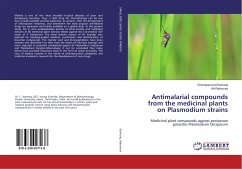
Antimalarial compounds from the medicinal plants on Plasmodium strains
Medicinal plant compounds against protozoan parasites Plasmodium falciparum
Versandkostenfrei!
Versandfertig in 6-10 Tagen
53,99 €
inkl. MwSt.

PAYBACK Punkte
27 °P sammeln!
Malaria is one of the most dreaded tropical diseases of poor and developing countries. Thus, a right drug for chemotherapy can be one that is easily available and less expensive. At present, after the development of chloroquine resistance, and artemisinin the most popular antimalarial drugs are expensive and hardly available on a global scale. In the present study, the in vitro antiplasmodial activity of ethyl acetate and methanol extracts of 60 medicinal plant extracts tested against the CQ-sensitive 3D7 strain of P. falciparum. The ethyl acetate extract of M. koenigii was selected for bioass...
Malaria is one of the most dreaded tropical diseases of poor and developing countries. Thus, a right drug for chemotherapy can be one that is easily available and less expensive. At present, after the development of chloroquine resistance, and artemisinin the most popular antimalarial drugs are expensive and hardly available on a global scale. In the present study, the in vitro antiplasmodial activity of ethyl acetate and methanol extracts of 60 medicinal plant extracts tested against the CQ-sensitive 3D7 strain of P. falciparum. The ethyl acetate extract of M. koenigii was selected for bioassay-guided isolation, purification and identification of bioactive compounds. The myristic acid and beta-caryophyllene have been isolated and identified first time from the leaves of Murraya koenigii and were reported as potential antimalarial agents of Plasmodium falciparum and Plasmodium berghei.Alternatively, it can be concluded that many plants have provided important leads in the form ofactive principles. The cure of malaria remains in the hands of pharmaceutical companies and institutes involved in research for the development of new drugs.



